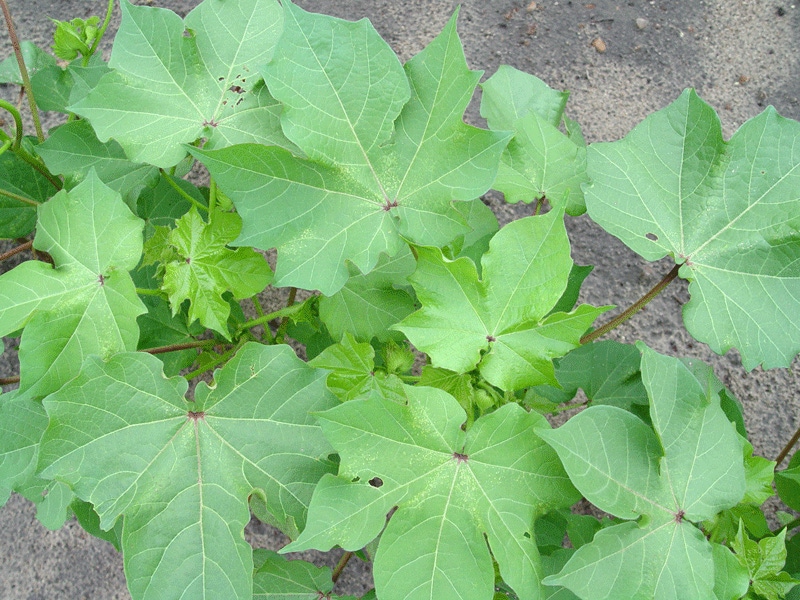
Don’t flare up spider mites in cotton
When selecting an (cotton) insecticide, the primary factor is efficacy of the insecticide treatment on the target pest(s). However one should also consider the impact of the insecticide application on other pests in the field if they are present. For example, we have observed spider mites with increasing frequency during recent years.
June 26, 2014

When selecting a (cotton) insecticide, the primary factor is efficacy of the insecticide treatment on the target pest(s). However one should also consider the impact of the insecticide application on other pests in the field if they are present. For example, we have observed spider mites with increasing frequency during recent years.
Although only a small percentage of fields have been treated for spider mites during this time, their presence in the field should influence decisions we make for other pests. During recent years we have easily flared economic infestations of spider mites in field trials. Insecticides which are known to encourage or “flare” spider mite populations should be avoided when spider mites are present in a field.
Recently I have had several calls about spider mites in cotton. When walking fields, be observant for injury symptoms from spider mites, stippling and yellowing of leaves along main leaf veins and near folds in the leaf.
If spider mites are suspected based on visual injury symptoms, examine the lower surface with the aid of magnification for the presence of spider mites. In the image below you will see several spider mite adults as well as spider mite eggs which appear clear and translucent. Natural enemies (predators) as well as environmental conditions (rainy conditions, fungal epizootics) help suppress spider mites below economic levels.
Thorough scouting of fields on a regular basis will allow us to properly time needed insecticide applications when thresholds are exceeded. The more we know about pests and their populations in a field the better decisions we can make.
You May Also Like



